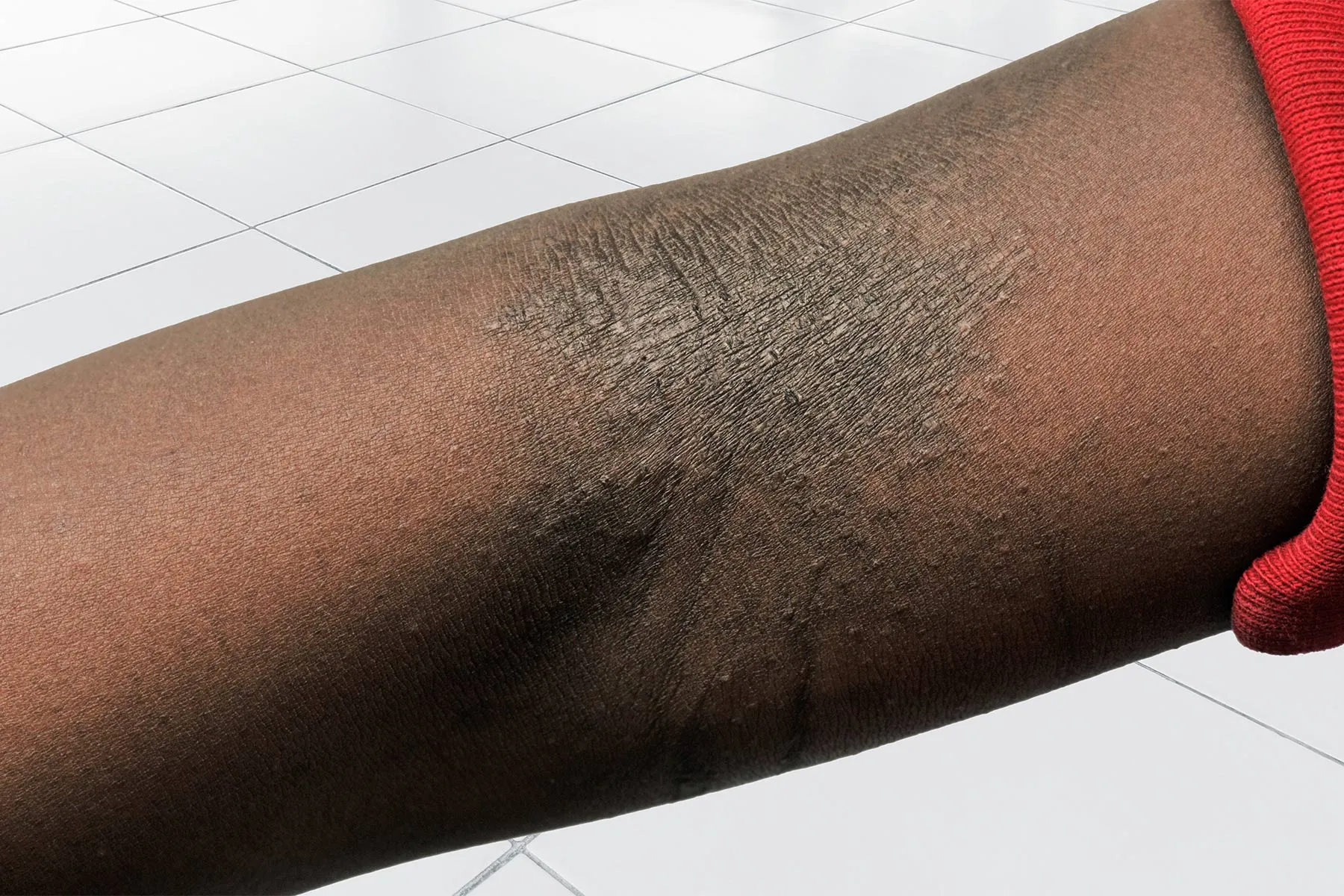Why Do Utah Legislators Keep ‘Blood Atonement’ on the Statute Books?
The death penalty is rarely used in Utah, and the state’s prosecutors have called for its removal, but a repeal attempt died in a legislative committee this month―apparently to satisfy the insatiable desire of some politicians to be viewed as “tough on crime,” writes a former DA.

Earlier this month, the Utah House of Representative’s Law Enforcement and Criminal Justice Committee, after lengthy and passionate debate, narrowly defeated a bill to repeal the death penalty.
The committee’s action was both astonishing and bewildering―astonishing in that a bill to abolish capital punishment was being considered at all in a state steeped in Mormon tradition, and bewildering that it was not sent to the full house for a vote.
Utah’s recent vote demonstrates the dichotomy of capital punishment in the United States.
The death penalty was often described in Utah as “blood atonement“―the idea that only by spilling their blood can the condemned hope to receive forgiveness in the next life.
Although the death penalty has been around in Utah for 170 years the state has carried out only 51 recorded executions. Executions are rare in Utah and so is the method. Forty of Utah’s executions have been by firing squad.
In 1972, the U.S. Supreme Court struck down the death penalty.
In the aftermath of the ruling, a number of states reworked their death penalty statutes to conform with the Court’s decision. By 1976, the death penalty was back.
The execution in the United States after the five year hiatus in executions that followed the Supreme Court striking down the death penalty was in Utah. Gary Gilmore was shot by a Utah firing squad for the cold-blooded murder of a gas station attendant and motel clerk on consecutive nights.
The last execution in Utah was in 2010. Ronnie Lee Gardner was also executed by firing squad. He would be the last person executed by firing squad in the United States.
In between Gilmore and Gardner was Albert Taylor.
In 1996, as Taylor’s execution approached, many in Utah were embarrassed by the “wild west” reputation that firing squads brought to the state. At the time, appalled by the spectacle, state representative Sheryl L. Allen drafted a bill to abolish the barbaric practice of death by firing squad.
According to the Los Angeles Times, some in Utah believed the continued use of the firing squad would tarnish the image of a state gearing up to be on the world’s stage hosting the Winter Olympics in 2002.
“As we enter our second hundred years,” Allen told The Times in 1995, “I’d like us to convey a better image than this. I want the world to look at us positively, as a progressive state.”
For Gilmore, Taylor and Gardner the moments leading to their deaths were identical. Five executioners, certified police officers who volunteered for the task, stand about 25 feet away, behind a wall cut with a gunport. Each man is armed with matching .30-caliber rifles. One is loaded with a blank so no one knows who fired the fatal shot.
The condemned prisoner is strapped to a chair and sandbags are stacked behind the chair to keeps the bullets from ricocheting around the cinderblock room.
Blood atonement was so important to the Mormon faith that beheading was once one an execution option in Utah, according to a May 16, 1879 article in The Evening News.
That same year, the U.S. Supreme Court in Wilkerson v. Utah ruled that death by firing squad was lawful and did not violate the Eighth Amendment’s ban against cruel and unusual punishment.
The tradition of execution by firing squad was exclusive to the state of Utah, with the exception of a single firing squad execution in Nevada in 1913.
The Utah bill to abolish the death penalty failed to get out of committee by a 6-5 margin. The vote was close, but actually less successful than a measure proposed in 2016. Six years ago a similar proposal passed the Senate and got through a House committee, but the bill died on the House floor as the session ended.
More relevant to the status of Utah’s death penalty is that there has not been an execution in the state in 12 years.
According to The Deseret News, there are only seven men on Utah’s death row. In addition, the Death Penalty Information Center (DPIC) reported that there were no death sentences imposed by a Utah jury in 2021.
Maybe most important, four Utah prosecutors released an open letter in support of abolishing the death penalty. Those prosecutors included the Salt Lake County District Attorney Sim Gill, Grand County Attorney Christina Sloan, Summit County Attorney Margaret Olson, and Utah County Attorney David Leavitt — two Republicans and two Democrats.

Matthew T. Mangino
The prosecutors called the death penalty “a grave defect” in the operation of the law “that creates a liability for victims of violent crime, defendants’ due process rights, and for the public good.”
The legislature remained defiant. A penalty rarely used, a method looked on with disdain, will remain in place in Utah—as in many states—to satisfy the insatiable desire of some politicians to be viewed as “tough on crime.”
Matthew T. Mangino is of counsel with Luxenberg, Garbett, Kelly and George. P.C. and the former district attorney of Lawrence County, PA. He is the author of The Executioner’s Toll. You can follow him on twitter @MatthewTMangino or contact him at mmangino@lgkg.com

 Landwebs
Landwebs 



















/cdn.vox-cdn.com/uploads/chorus_asset/file/24430706/elon_musk_twitter_for_you.png)